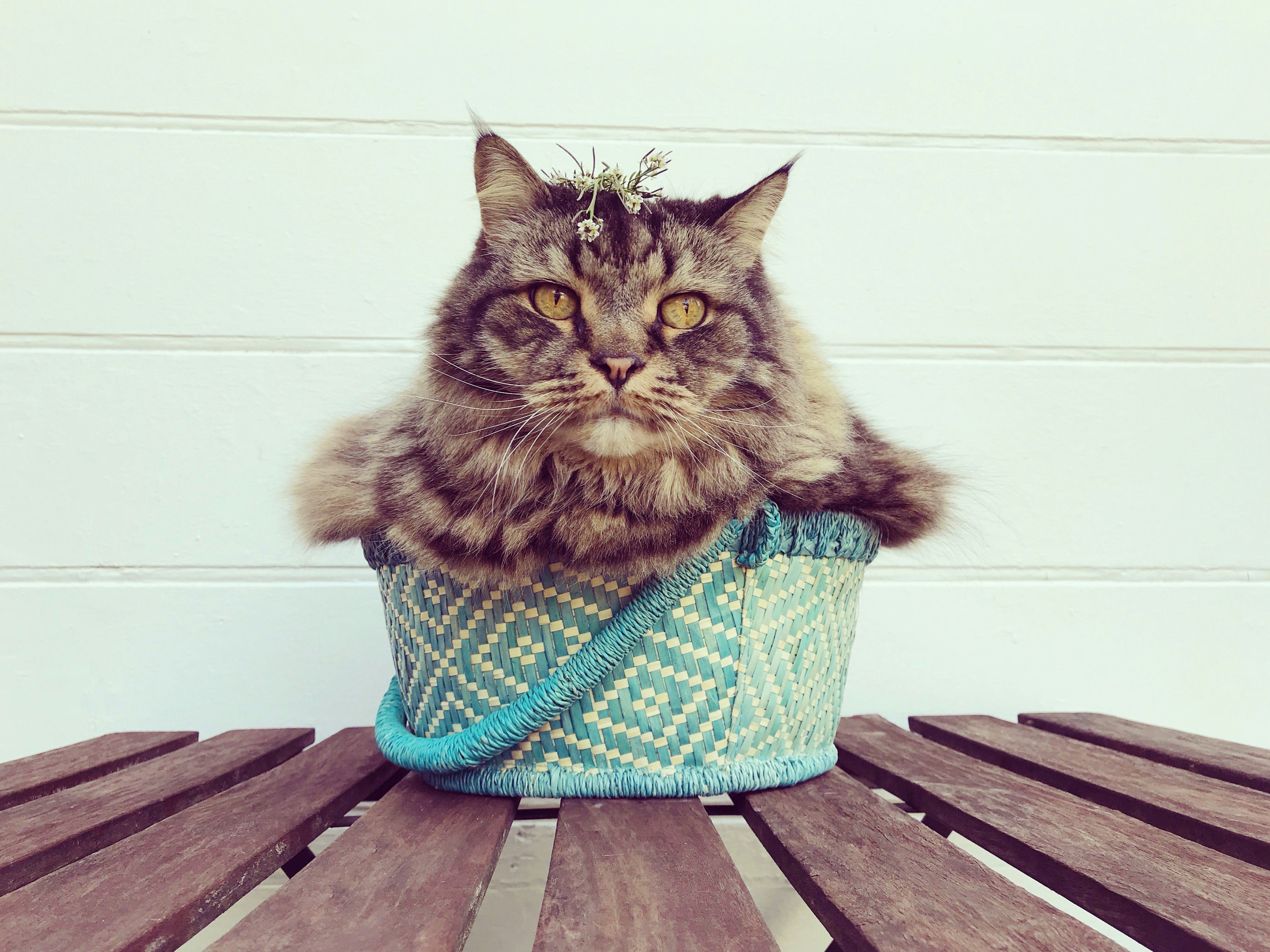
Of the Internet’s millions of cat videos, a notable portion of them offer “proof” that cats are not solid, but liquid.
Of course, this humorous hypothesis refers to their extreme flexibility that seemingly allows kitties to fit through just about any opening, conform to the shape of any container, and shimmy their way out of most tight squeezes. While cats are indisputably not liquid, they are indeed astonishingly pliable. But how does their physiology allow this superpower?
“I consider [cats] to be amazingly flexible,” Bruce Kornreich, a veterinarian and director of the Cornell Feline Health Center at Cornell University’s College of Veterinary Medicine, tells Inverse. He first points to their specific evolution as an example of this ability. “They've evolved to have to fit through small spaces,” he says, emphasizing that this flexibility can help them chase after small prey who can wriggle through tight spaces. Since smaller cats are also prey, they can also hide from encroaching predators more easily.
This evolved ability has helped felines become apex predators, thanks in no small part to their skeletal structure. “When you talk about skeletal structure, probably the most important thing is their spine,” Kornreich says. He says that cats have 30 vertebrae, not counting their tails. While the number of vertebrae increases flexibility, their composition is unique, too. Kornreich says these bones are lighter, shorter, and fit together in such a way that allows for a greater range of motion. “They're very flexible along multiple axes of their spine,” he says.
The cheetah exemplifies this anatomy in action. “If you look at their spine, it literally is like a slinky while they run,” he says, in that the vertebrae can expand and compress at different points of a cheetah’s famous gallop, allowing the animal to stretch itself and cover more ground.
A 2023 paper published in the Journal of Anatomy also emphasizes how distinct the feline spine is. It says that members of the Felidae family have the longest lumbar, or lower back, region compared to other carnivores and hoofed animals the authors studied. This region has great sagittal flexibility, which lets them bend forward and backward.
Other bones besides the spine have evolved for maximum flexibility. The clavicle, or collarbone, is also an oddity in cats. Human collarbones anchor to our arms, but feline clavicles don’t attach to other bones, Kornreich says, which lets cats twist in any direction. “Because of that, they can pretty much fit through an opening that can fit their head.” Once the head is through, they can adjust their clavicles as needed. Additionally, their shoulder blades connect only to muscle, so cats can manipulate their shoulders far more than humans. Unbound by a rigid bone chassis, cats can alter their shape to fit through various openings.
Kitties can also famously land on their feet, thanks in large part to this flexibility. If you look at a falling cat, you’ll see them engaging their righting reflex, Kornreich says. A cat will twist its body midair, orienting one part and letting the rest of its body follow.
So while cats certainly aren’t liquids, they are incredibly flexible, proving that they can wiggle almost anywhere, especially into our hearts.







